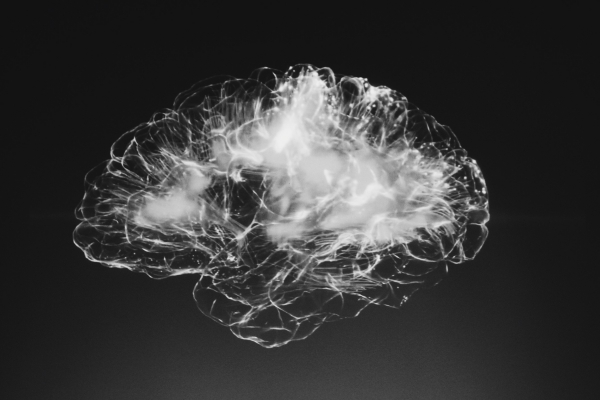
8 Areas of the Brain Every Parent and Educator Should Know
The brain is what allows us to think, learn and live.
By understanding the brain, we can better understand how our children learn and how to help them when they struggle.
Welcome to The Learning Brain 101. Today, we are going to discuss the top 8 brain regions you should be familiar with.
Let’s start with some basic information.
The brain is divided into two hemispheres: the right and the left.
It is also divided into four lobes: frontal, occipital, parietal and temporal.
Although both sides of the brain are needed for almost every task, certain skills are lateralized to one side of the brain. For example, the left side of the brain is the dominant language side whereas the right hand’s spatial tasks.*
*Note: This can be switched for some people. Research suggests 90% of right-handers have a language dominant left hemisphere, whereas only 50% of left-handers have a language dominant left hemisphere. Every brain is different!
Corpus Callosum
Means “tough body” in Latin.
Band of tissue linking the two hemispheres.
Most of our sensory information is stored cross-laterally. Ex. Touching a hot pan with your right hand is registered in the left side of the brain. The corpus callosum allows this transfer of information!
Integrates information from different areas of the brain.
Critical quick and efficient processing of information.
Frontal Lobe
Located at the front of the brain.
Has two main areas: precentral gyrus (PCG) and prefrontal cortex (PFC)
PCG is the primary motor area of the brain. It helps us perform complex motor movements
PFC controls our attention, memory, reasoning, organization and language expression.
It is the last part of the brain to develop. It is typically not fully developed until age 25 or older.
Occipital Lobe
Located at the back of the brain, where the neck and head meet.
Processes visual information.
Also plays a big role in reading!
Parietal Lobe
Located at the top of the brain.
Perceives sensory information, like touch, pain, pressure, and temperature.
Also helps guide motor movements, like aiming to throw a football.
The dominant side helps us process language and mathematics. It connects what a word looks like to what it says and what it means.
Temporal Lobe
Located at the sides of the brain, around the ear.
Processes auditory information.
The dominant side (typically the left) processes verbal auditory information, like speech and language.
The non-dominant side (typically the right) processes nonverbal information, like music and background noise.
Also gives us a sense of time and rhythm.
Broca’s Area
Located in the frontal lobe.
Controls speech production.
Beginning readers use this area to sound out words.
Although reading starts developing here it is not the most efficient way to read.
Wernicke’s Area
Spans the parietal and temporal lobes.
Early readers use this area.
Helps us read slowly and analytically.
We use it to link letters to their sounds.
Helps us analyze and become familiar with a word.
Angular Gyrus
Spans the occipital and temporal lobes
Is the express pathway for reading!
It is like the brain’s “dictionary.” It allows us to see a word, then simultaneously recognize how it sounds, what it means, and how it connects the context of the sentence.
This area is needed for fluent reading and comprehension.
Skilled readers use this area the most.
We hope this has helped the brain seem less overwhelming for you. Every part of the brain is important. They all come together like complex puzzle pieces to make us who we are.
Which part of the brain do you want to learn more about? Do you have a favorite brain lobe? Let us know in the comments below.
Resources
- EDU-Therapeutics Sourcebook by Joan M. Smith